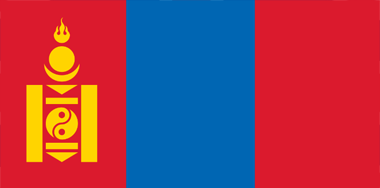How Wind Farm Works
How Wind Farm Works
Wind farm is a collection of wind turbines in the same location used to produce electric power. But the land used for wind farm can be used for agricultural or other purposes. Each wind turbines is connected to transformer and small amount of electricity produced by turbine becomes powerful after passing through the transformer. All the electricity are collected at the junction known as the substation and fed into the general energy grid. Generally wind farm is installed on offshore and onshore area. In case of onshore type of wind farm, turbines placed in the hilly or the mountainous regions. The turbines that are built on offshore areas tend to be larger than regular utility scale turbines of the onshore area.
Before installing wind farm, many studies including wind resources assessment, comprehensive environmental evaluation, road and transportation study, and topographical map need to conduct on a prospective wind site.
How Wind Turbines Work
(source: EERE) A wind turbine works as the opposite of a fan. Instead of using electricity to make wind, a turbine uses wind to make electricity. There are two basic types of wind turbines: the horizontal-axis design and the vertical-axis design. The following diagram shows the inside of a horizontal-axis wind turbine: .

Anemometer: Measures the wind speed and transmits wind speed data to the controller.
Blades: Most turbines have either two or three blades. Wind blowing over the blades causes the blades to "lift" and rotate.
Brake: A disc brake, to stop the rotor in emergency situations.
Controller: The controller starts up the machine at wind speeds of about 3 to 7 meters per second and shuts off the machine at about 25 m/s. Turbines do not operate at wind speeds above about 25 m/s because they might be damaged by the high winds.
Gear box: Gears connect the low-speed shaft to the high-speed shaft and increase the rotational speeds from about 30 to 60 rotations per minute (rpm) to about 1000 to 1800 rpm, the rotational speed required by most generators to produce electricity. The gear box is a costly (and heavy) part of the wind turbine and engineers are exploring "direct-drive" generators that operate at lower rotational speeds and don't need gear boxes.
Generator: Usually an off-the-shelf induction generator that produces 60-cycle AC electricity.
High-speed shaft: Drives the generator.
Low-speed shaft: The rotor turns the low-speed shaft at about 30 to 60 rotations per minute.
Nacelle: The nacelle sits atop the tower and contains the gear box, low- and high-speed shafts, generator, controller, and brake. Some nacelles are large enough for a helicopter to land on.
Pitch: Blades are turned, or pitched, out of the wind to control the rotor speed and keep the rotor from turning in winds that are too high or too low to produce electricity.
Rotor: The blades and the hub together are called the rotor.
Tower: Towers are made from tubular steel (shown here), concrete, or steel lattice. Because wind speed increases with height, taller towers enable turbines to capture more energy and generate more electricity.
Wind vane: Measures wind direction and communicates with the yaw drive to orient the turbine properly with respect to the wind.
Yaw drive: Upwind turbines face into the wind; the yaw drive is used to keep the rotor facing into the wind as the wind direction changes. Downwind turbines don't require a yaw drive; the wind blows the rotor downwind.
Yaw motor: Powers the yaw drive.

